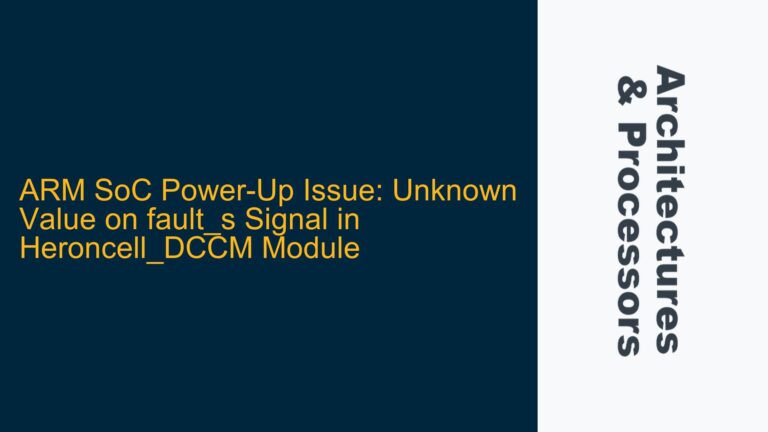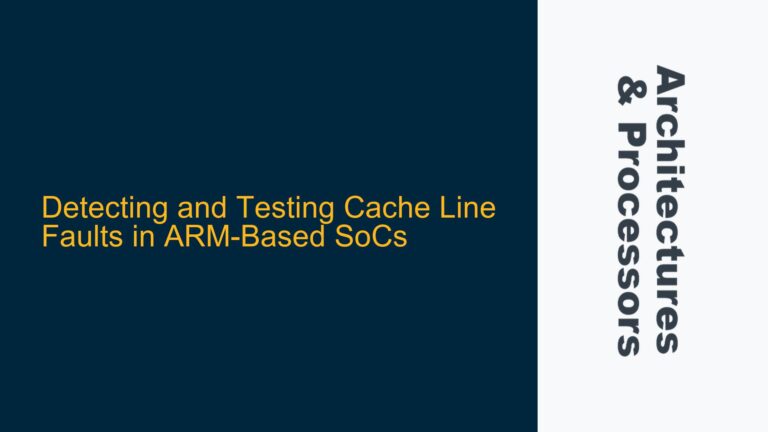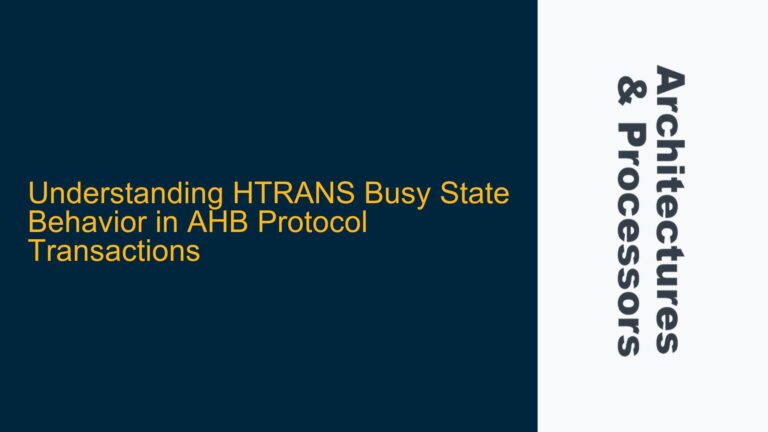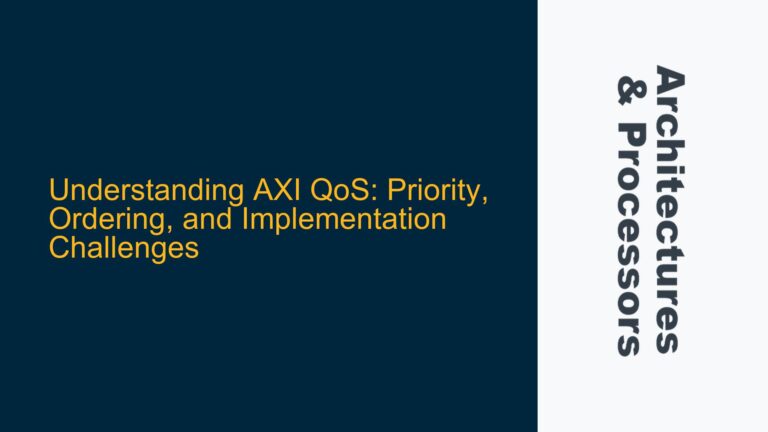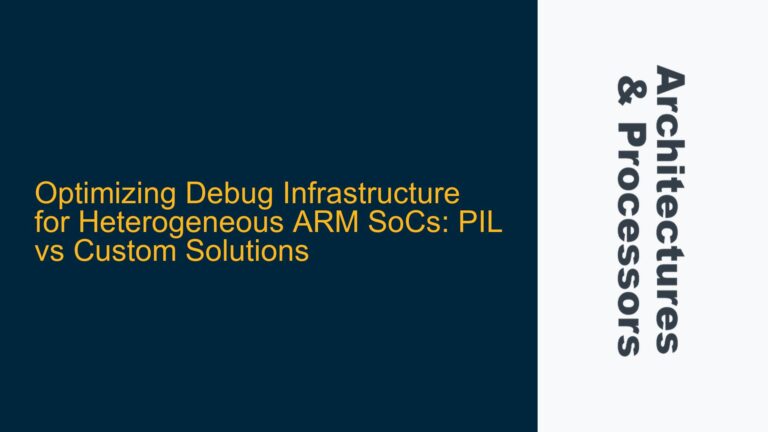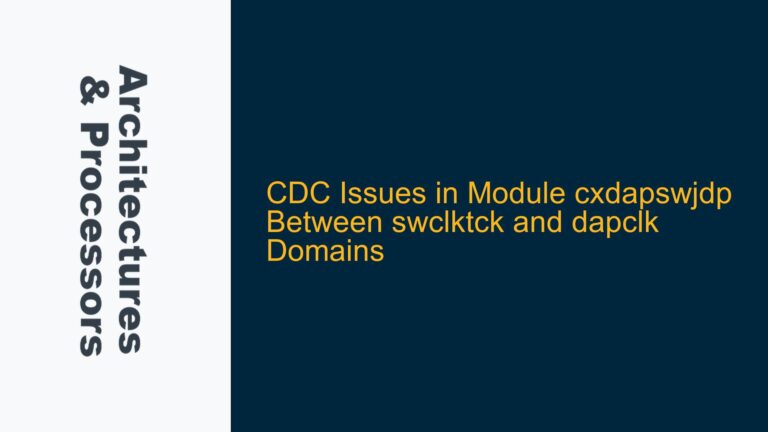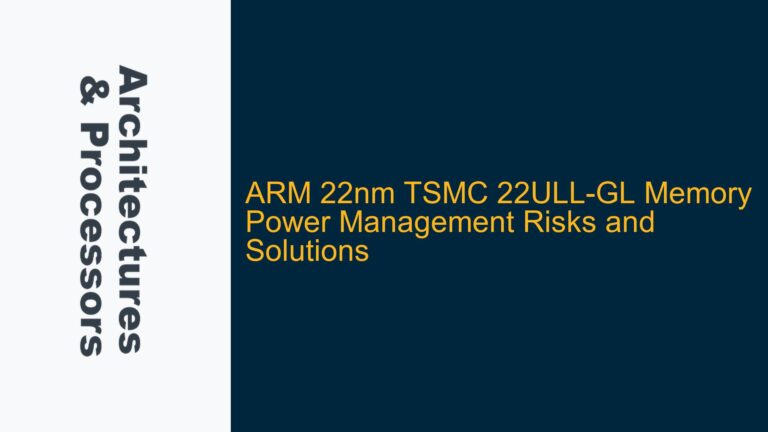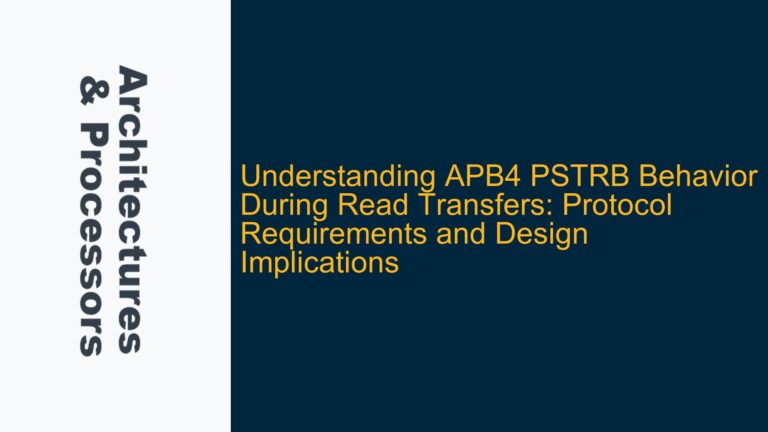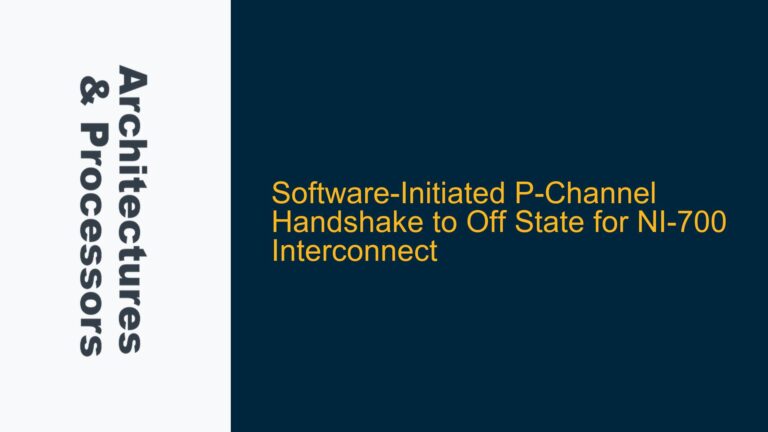ARM SoC Power-Up Issue: Unknown Value on fault_s Signal in Heroncell_DCCM Module
ARM Cortex-R5 Heroncell_DCCM Module fault_s Signal Unknown at Power-Up The fault_s signal in the Heroncell_DCCM module of the ARM Cortex-R5 is holding an unknown value (X) during the power-up sequence. This issue arises during the SOC_FSM_WAIT_POR_STABLE state, where the fault_s signal is asserted with the clock running. The unknown value propagates to the dccmout and…
